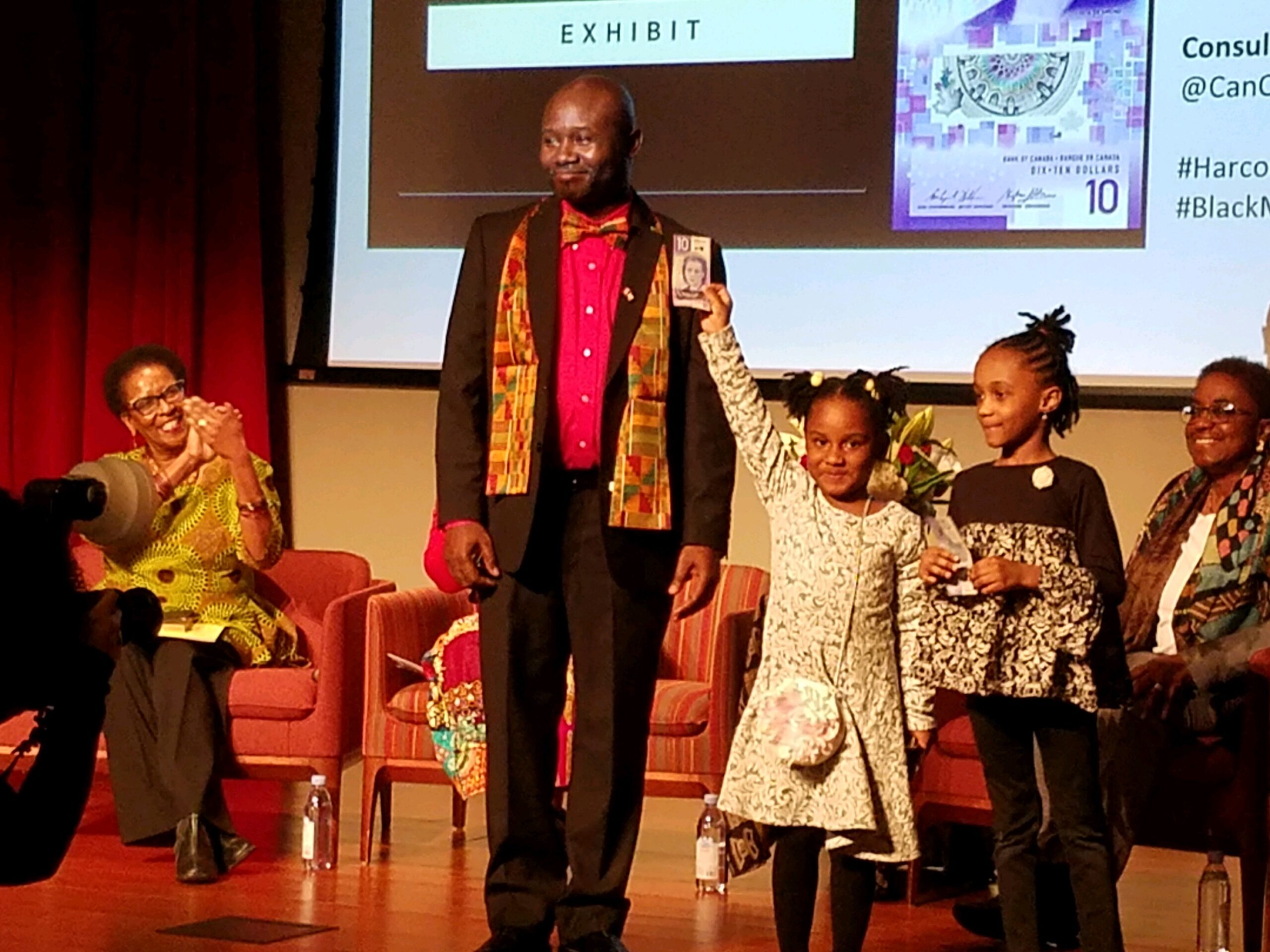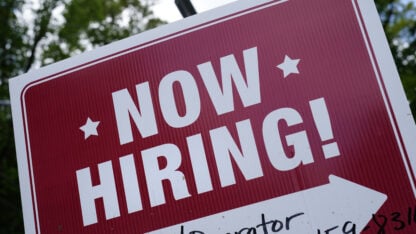DALTON, Mass. – If you were driving through this small town along the Housatonic River in the Berkshires, here’s something you might not think about: All the bills in your wallet are visiting their birthplace.
The paper for U.S. currency, the substrate of everyday commerce, has been made here since 1879 by the Crane family.
Crane & Co. vice president Doug Crane represents the eighth generation descended from Stephen Crane, who was making paper before the American Revolution.
He gave NPR reporters a behind-the-scenes tour and talked about his company.
Crane & Co.’s heritage predates the industrial age and faces an uncertain future as the digital era unfolds.
Amid all that, the unmistakable impression is that the business practices a peculiar alchemy that’s unduplicated in American manufacturing.
As keeper of perhaps the ultimate secret recipe, the company carries the institutional memory of those who’ve made the paper for paper money since Thomas Edison was fiddling in his lab.
Crane seems ever aware that the sweep of history of the nation’s money is, to him, personal.
He recalls an early lesson he got about the quality of his family’s product, as a seven year old walking on the beach.
“I see this ten-dollar bill just flapping in the breeze out from underneath some seaweed. Someone had dropped this thing out in the ocean somewhere,” Crane says.
“I picked it up, it dried off and it was in perfectly good shape.”
Ordinary wood-pulp paper, of course, wouldn’t have looked so good on the beach.
Crane tells us that currency paper is made of more durable linen and cotton fibers. So, a toss in the ocean is nothing compared to the torture it endures here in Dalton.
When NPR visited, the company was preparing tons of dull-brown linen fibers to be an ingredient in the paper.
One of the first things we see is a giant iron ball swinging from the rafters.
If you’re at all familiar with the term “steampunk,” you’ll easily call it to mind.
“It’s pretty crazy looking,” Crane tells us.
Inside the big ball, the linen is cooked under pressure. Call it a kind of parboiling of the money molecules.
“It’s about 15 feet in diameter and will hold several thousand pounds of fiber at a time,” Crane says as the sphere, called a rotary digester, rocks high above us.
We follow the fibers through a network of baths and presses. They’re bleached and processed until they land in what Crane calls a “slurry” with cotton fibers.
Then, machines press it into a continuous stream of paper that flows through the factory. When light shines through the paper, which today is for $20 bills, you can see watermarked images of Andrew Jackson.
If you look closely, you can see tiny red and blue security threads Crane showed us in baggies, but couldn’t talk about much.
Crane poses for a photo in front of the paper as it spins on a large spool. He strokes it and smiles as the Jacksons go by.
The roll will ultimately get cut into smaller rolls, then sheets. From there the paper is piled onto pallets and trucked by armored tractor-trailer to Bureau of Engraving and Printing sites where money is printed.
Crane & Co. have had the contract for making US currency paper for over 130 years, and today they’re basically the only game in town. The Government Accountability Office published a report in 1998 titled “Meaningful Competition Unlikely Under Current Conditions.”
A few years later, the GAO said the government should try continue to look into getting a second supplier.
Doug Crane says the U.S. government audits the company’s books every four years when the contract is up for renewal to make sure it’s getting a fair price.
As NPR has reported, Crane is involved in a lobbying effort against bills in Congress to eliminate one-dollar bills and replace them with coins.
But, there’s a larger issue: The fate of all paper money.
U.S. currency paper is 40 percent of his company’s business, and Crane is an articulate spokesman for the convenience and efficiency of cash.
Still, as the digital age begins a restless adolescence, cash is no longer quite the economic sine qua non it once was.
Smart phones, along with debit and prepaid cards, have been getting more popular as a way to pay for things.
With some degree of understatement, Crane says he finds the issue interesting. If he’s worried, you wouldn’t know it.
He says he’s not sure if cash’s relevance will devolve, following the course of newspapers, film cameras and hard-wired telephones.
Still, he maintains that cash will continue to be a “significant fraction” of transactions for decades to come.
“Fifty years from now, will there be cash? Yeah, I’m sure there will be. Will there be a lot of it? I really couldn’t tell you. Ask me in 40 years.”
Of cash, he says, “It’s not glitzy, it doesn’t have electrons flying all over the place, but it’s something you can rely on.”
Copyright 2017 NPR. To see more, visit http://www.npr.org/.
9(MDAxODM0MDY4MDEyMTY4NDA3MzI3YjkzMw004))
9(MDAxODM0MDY4MDEyMTY4NDA3MzI3YjkzMw004))






